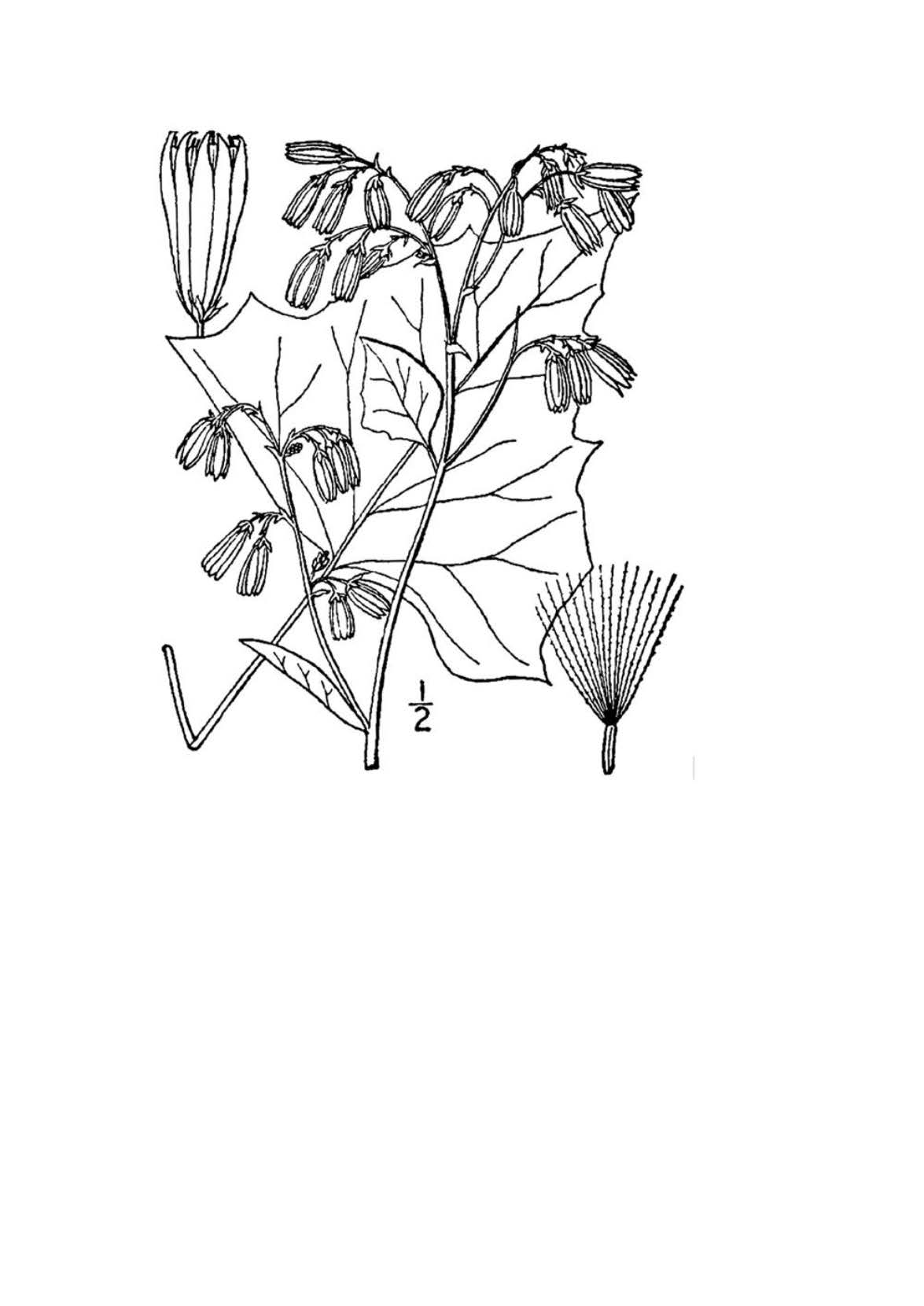Rattlesnake Root: Crossed Histories in Colonial North American Medicine (18th Century)
Raiz de Cascavel: Histórias Cruzadas na Medicina Norte-Americana Colonial (Séc. XVIII)
DOI:
https://doi.org/10.24950/rspmi.2592Keywords:
History, 18th Century, Indians, North American, Medicine, Traditional, Phytotherapy, Plants, MedicinalAbstract
This text explores two life paths that crossed under the sign of rattlesnake root, a native plant commonly used by the Seneca in Virginia but only discovered and applied in European-origin medicine in the second half of the 18th century. John Tennent and João de Sequeira shared their European roots, the influence of boerhaavian medicine on their medicalpractice and the enthusiasm for the therapeutic properties of rattlesnake root. Tennent, on settling in Virginia, learnt how the Seneca used this root to cure rattlesnake bites and used it to treat respiratory diseases, particularly pleurisy and pneumonia; amazed with the good results, he disseminated his discovery in America and Europe, although generating some controversy in the medical community. Sequeira, a doctor with family origins in Brazil and a childhood marked by inquisitorial harassment, studied medicine in Leiden under the influence of the boerhaavian school; he ended up moving to Williamsburg, where he began to use rattlesnake root as an essential element in his daily medical practice, as he made clear in his notes on the diseases prevalent in Virginia. The focus on the properties of this plant in the treatment of a variety of pathologies is indicative of the valorization of indigenous medicine and the search for innovative therapeutic treatments at the time.
Downloads
References
Robinson M. New Worlds, New Medicines: Indian Remedies and English Medicine in Early America. Early American Studies. 2005; 3:94-110.
Rush B. Medical Inquiries and Observations. Vol 4. 3rd ed. Philadelphia: Hokins and Earle; 1809.
Reiss O. Medicine in Colonial America. Lanham: University Press of America;2000.
Tennent J. An epistle to Dr. Richard Mead concerning the Epidemical Diseases of Virginia particularly, a Pleurisy and Peripneumony… 2nd ed. Edinburgh: P. Matthie; 1742.
Walker B. Rattlesnake Root. The William and Mary College Quarterly Historical Magazine. 1925; 5:110-2.
Tennent J. Letters of John Tennent to Sir Hans Sloane. The William and Mary College Quarterly Historical Magazine. 1925; 5:107-10.
Jellison RM. Dr. John Tennent and the Universal Specific. Bull Hist Med. 1963; 34:336-46.
Arquivo Nacional da Torre do Tombo, Tribunal do Santo Ofício, Inquisição de Lisboa [ANTT, TSO, IL], processo n.º 1892.
ANTT, TSO, IL, processo n.º 5277.
Siqueyra J. Dissertation medica inauguralis de Peripneumonia Vera… Leiden: apud Gysbertum Langerak; 1739.
Barnett L. Bevis Marks Records. Part II: Abstracts of the Ketubot or Marriage-Contracts of the Congregation from Earliest Times until 1837 with Index. Oxford: Oxford University Press; 1949.
Shosteck R. Notes on an Early Virginia Physician, Dr. John de Sequeyra. Am Jewish Arch. 1971; 23:198-212.
Risse GB. Clinical Instruction in Hospitals: the Boerhaavian tradition in Leyden, Edinburgh, Vienna and Pavia. In: Beukers H, Moll J, editors. Clinical Teaching, Past and Present. Leiden: Brill; 1989. p.1-19.
Gill H. The Apothecary in Colonial Virginia. Williamsburg: The Colonial Williamsburg Foundation; 1972.
Smith AF. The Tomato in America: Early History, Culture, and Cookery. Champaign: University of Illinois Press; 2001.
McEntee SC. John De Sequeyra's Notes on Diseases. Thesis of BA, The College of William and Mary. Williamsburg: CWM; 1997.
Gill H. Dr. De Sequeyra's 'Diseases of Virginia'. Va Mag Hist Biogr. 1978;86:295-8.

Published
How to Cite
License
Copyright (c) 2024 Internal Medicine

This work is licensed under a Creative Commons Attribution 4.0 International License.
Copyright (c) 2023 Medicina Interna





